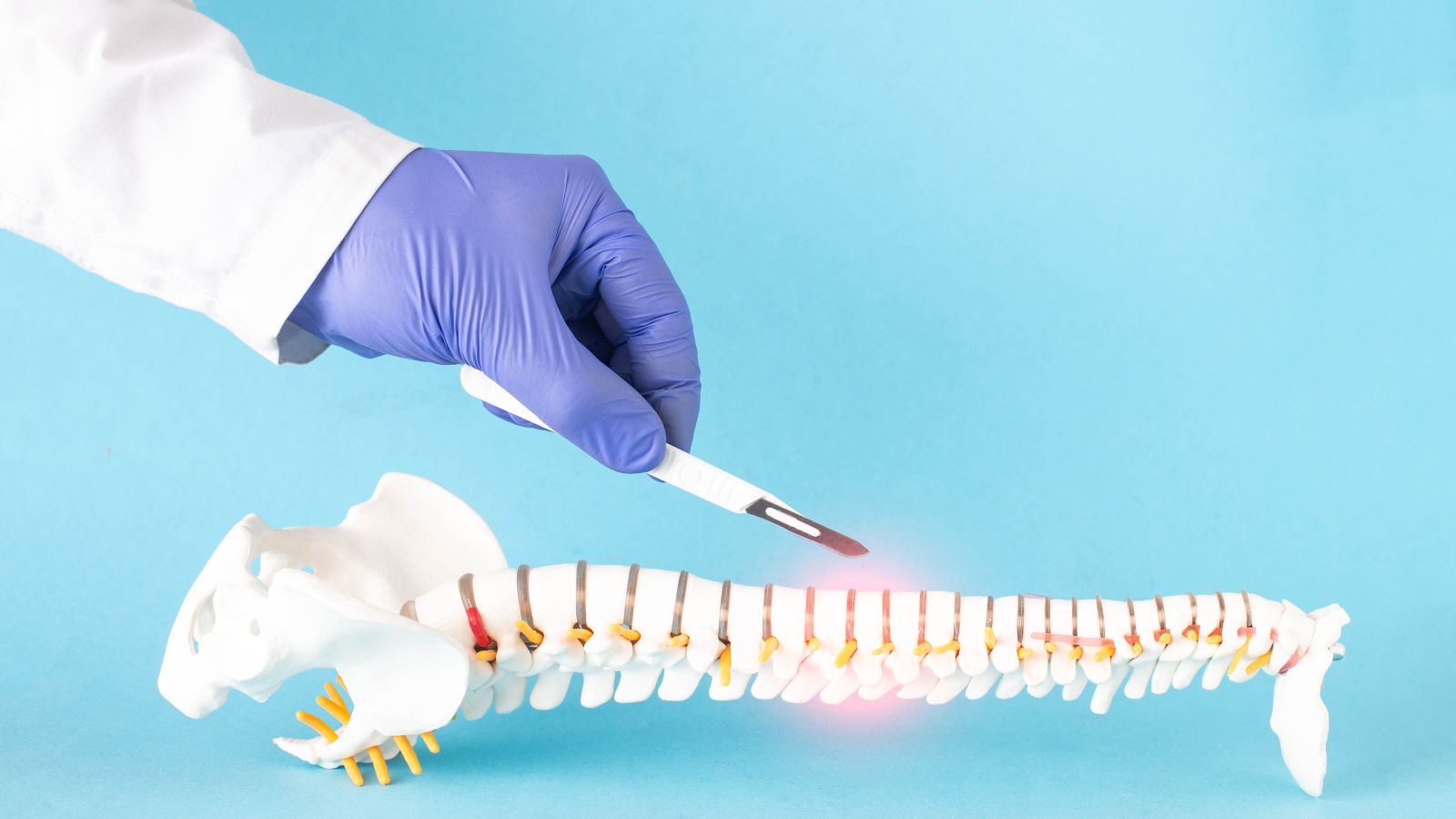
Understanding your Spinal fusion recovery timeline helps set realistic expectations and supports the healing process. Working with experienced specialists like Neurosurgeons of New Jersey ensures expert guidance throughout each phase of this important process.

Spinal fusion surgery can be a significant step toward relieving pain and restoring quality of life. While this procedure has helped countless patients return to their daily activities, understanding potential post-spinal fusion problems is crucial for setting realistic expectations and ensuring optimal recovery.

Working with experienced neurosurgeons ensures you receive expert guidance through every step of this journey, from pre-surgical planning to post-operative care. We’re here to help you understand the process and the factors that influence spinal fusion surgery time.

Problems in the spine can lead to debilitating back pain, weakness in your extremities, and other life-changing symptoms. Fortunately, there are time-tested interventions for treating spinal conditions. Two of the most common are spinal fusion and laminectomy.

